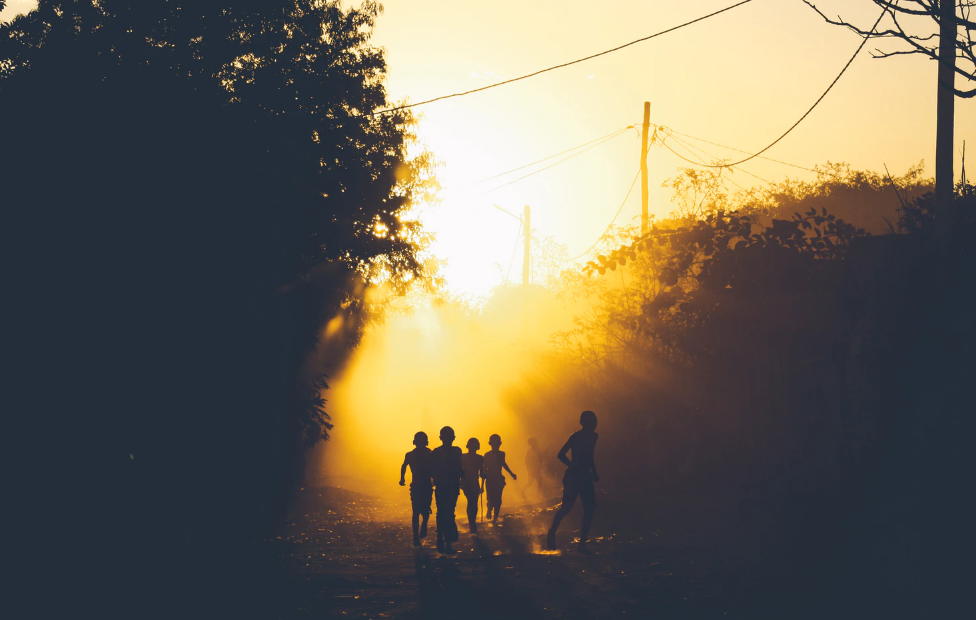Ambositra is a city of the central High land of Madagascar, which is composed of Imerina and Betsileo. This city of the same urban district name is the capital of the Amoron’ I Mania area.
It was in the old province of Fianarantsoa in the south-east of the Great Island. Ambositra is the chief town of the Betsileo country, especially those of Imady which is under Betsileo ethnos group very undertaking and very interdependent. Ambositra is with kms of Tananarive. On the road of the high plateaus towards the South, a halt is essential to appreciate the richness of this small locality. The small city holds a dominating place in terms of craft industry in Madagascar. It is even regarded as the capital of artisanal and Malagasy furnishing; a title which it acquired because of the majestic character and the beauty of works realized by the Zafimaniry, a small group of a few thousand people which belong to the Betsileo ethnic. The borough of Ambositra is thus placed at the top of the most creative even the most productive Malagasy cities in regards of craft industry.
By accomplishing your voyage to Madagascar, you will be told that here you will have the opportunity to gather, or never, all the objects which will make you remember the beauty of the island when you get back home; they also will give you the desire to return in this marvelous country. Ambositra is then the ideal place to bring back part of the Great Island back to your home, and also very cheap. The characteristic of these objects which are especially of decoration are that the majority are made with the invaluable Malagasy woods namely the palissandre, rose wood and the ebony wood. Among the objects which you could get there are boxes, chairs, parlor games, masks, kitchen utensils, a whole range of table decoration… If you are not in invaluable wood, you can also choose objects made of zebu horn, very dazzling and perfectly polished, like the crockery carved in this material, the jewels, authentic objects of interior decoration… The “Zafimaniry” ability and the knowledge in sculpture and puzzle using these rose woods and zebu horn are very remarkable. Within this minor ethnos group, there is a tradition of transmitting from one generation to the other highly qualified talented cabinetmakers and carpenters which gave rise to a qualified and very particular “Zafimaniry” style. This style is obviously with a rich geometrical pattern.
Currently, the artists who inherited this traditional culture are still very numerous and practice their arts in the area of Ambositra. This Zafimaniry knowledge and the strong concentration of these artists in this area are partly due to the subsistence of the Tanala primary forest. This ethnos group preserves all their forest while exploiting it with respect of nature. These Tanala people are the ones who supply out of wood the Betsileo craftsmen. With their rustic thatched roofs and “tani manga” or red dirt houses, Ambositra surely is the most enchanting part of the Betsileo country. Villages are very colorful with the contrast between the red color of the ground, the green color of rice plantation, and the fluorescent yellow fabrics women wear, and all the striped colors men wear. In the Betsileo country, villages are harmonized by the rice culture because it is the most undertaking ethnos group in regards the rice culture. The typical images of this country are rice plantation landscape, sometimes overhung by villages as far as the eye can see. In certain part, with more broken relief, the rice plantations are arranged in terrace. It even happens that a whole hill is turns into rice plantation on which the water of course was redirected from the top of the hill to irrigate all the culture. This installation shows the dexterity of the Betsileo people.
Apart from this very spectacular face of the Betsileo country, the landscape is mountainous. In the early morning of July and August, almost all the tops of mountains are covered by white bench of fog and white frost. As the day rises, the fogs leave the place to beautiful scintillating colors of sun associated with the rice plantation green color. In the Betsileo area around Ambositra, another landscape more different from the whole of the country will hypnotize you still more: it is the traditional Zafimaniry village. These very old villages of small dwellings still exist even if they are often moved back. The few distances to be covered only on feet, are worth doing to meet the Zafimaniry people. By visiting these villages, you will have the impression to go up time with an authentic and ancestral decoration. One can even say that in these villages, time seems to have stopped. The typical example of these villages is the village of Antoetra, 40 kilometers from Ambositra. The houses there are built out of carved “palissandre” wood and thatches. There are also other houses in bamboo. The houses or “trano-Be” always have next to them the granary house built on stilt. Ambositra and the Betsileo country is the high worship place of the ceremony of the returning of dead or “famadihana” which always takes place during the cold season. It causes a great festival which brings all the families together and animated by traditional music band of “hira gasy”. It can even give place to the “Savika” or zebufighting, which takes place in a very rudimentary arena in which kinds of bullfighter try to make lay down or overcome over-excited bulls. This traditional sport attracts much more crowds than any other sport in this area.

